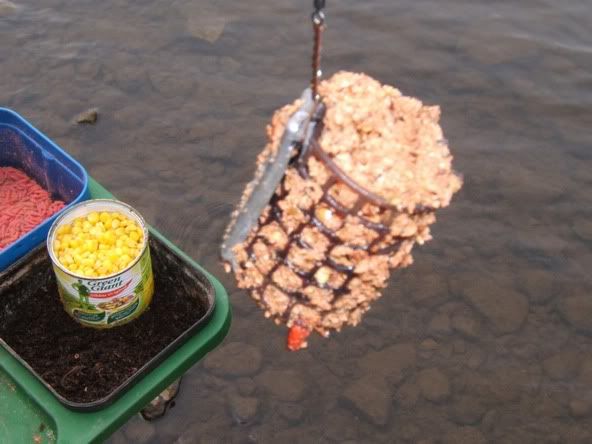
'Big Pike' edited by Bob Church is a relatively new pike book (some of the photos taken in 2006), and covers all the basics and well as more advanced techniques.
Personally I found the mixture of authors to this book quite interesting, even if some of the authors did tend to ramble about pike fishing tales. It also meant a wide variety of fishing techniques and tips are covered in the book.
Most noticeable the section on lure fishing and fly fishing for pike were the obvious references to the latest in pike fishing. The authors experience in these techniques to catch big pike, makes his words very influential.
As mentioned earlier the book is a good read, since it contains stories of the anglers best and worst moments. With other books, they can get boring if they are just focused on fishing practice. In particular, the section on fishing in Canada may interest some fisherman.
At the beginning of the book some time is focused on the history of pike fishing, which can be interesting to younger anglers who do not know of the terrible treatment pike faced in those dark days.




